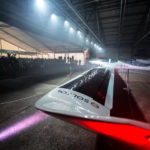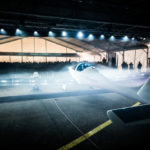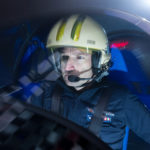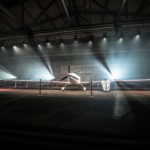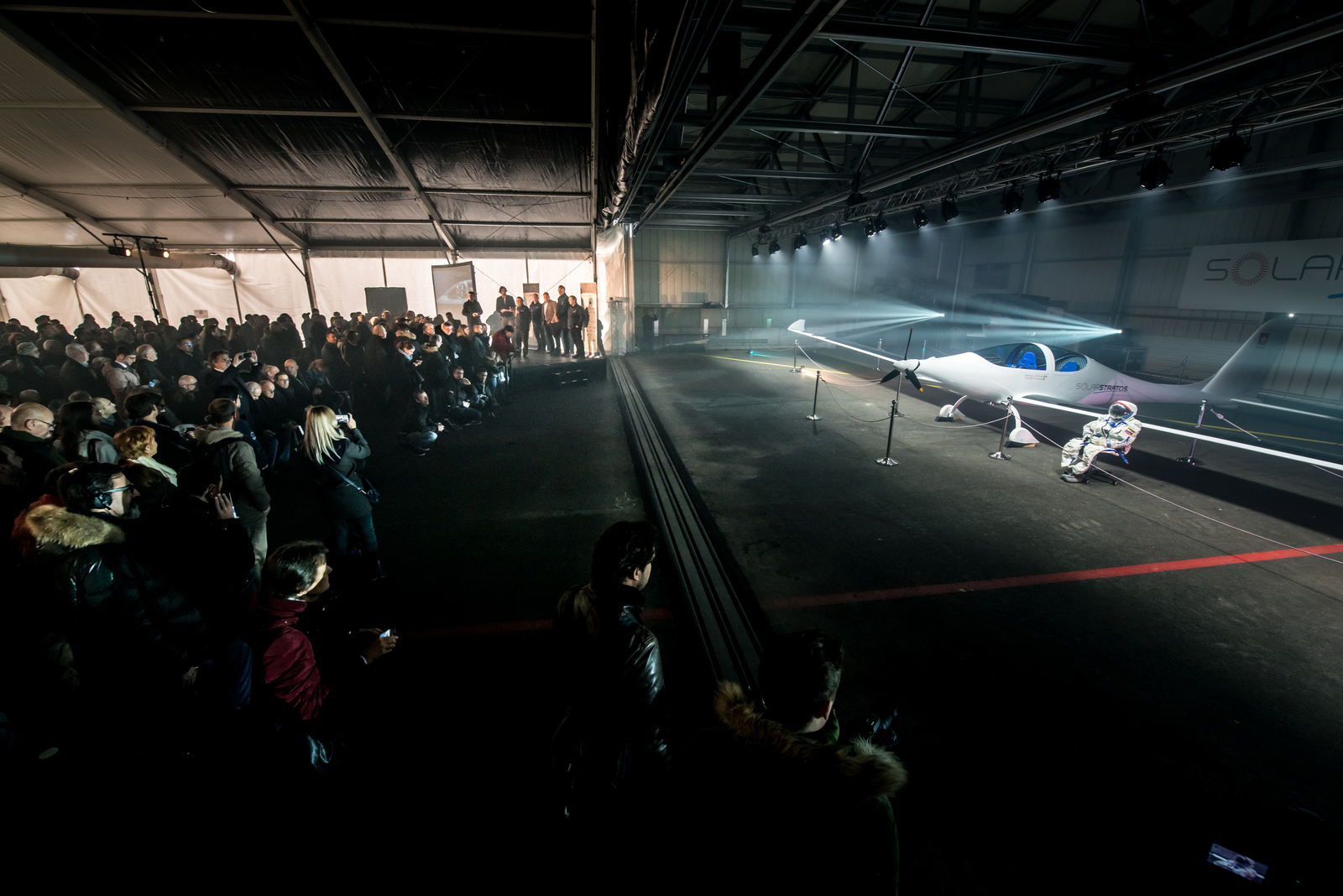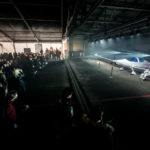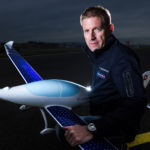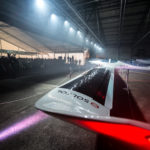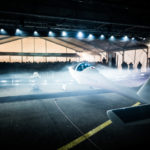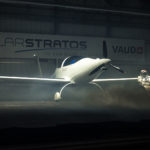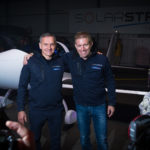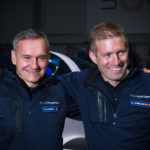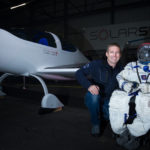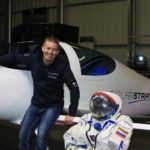All the pieces of the puzzle are in place: solarstratos is ready for take-off
As the end of the year approaches, it is time for Raphael and the SolarStratos team to take stock; to assess the vitality of the project and set targets and actions for 2017 while reflecting on recent achievements. And there have been so many achievements this year!
2016 began with an altitude flight aboard an Eco-Light during which Raphael and Pierrick Duvoisin, an engineer from science and technology partner CSEM, climbed to around 7,000 metres to test the effect of altitude on the SolarStratos solar panels.
A few weeks later, the team tested the photovoltaic cells in the stratosphere at 35,000 metres thanks to partner Swiss Strato, who provided a hydrogen balloon that towed the solar cells, along with the famous cow and Swiss Ambassador, Happy Lilly, and a glass of Neuchâtel white wine! The stunning images that returned from the stratosphere were an indication of what is to come when the record-breaking flight gets underway.
The team has carried out numerous other tests throughout the year, notably in Moscow, on Raphael’s space suit that will protect him from cosmic rays and the non-pressurised cockpit. It is not easy to move in such a restricted space, but Raphael and the team trust official partner Zvezda to optimise the suit to ensure the eco-expedition is carried out safely.
2016 also saw the inauguration of the unique three-axis SolarStratos simulator. Unveiled at the Numerik Games Festival in Yverdon-les-Bains in September, this technological marvel not only provides training for the pilots, but acts as a promotional tool as well. It is currently installed at the SolarStratos base at the Payerne Airfield.
The base was built in a month during the autumn and now houses the SolarStratos aeroplane and all the equipment required for the development of the project.
Safety, testing and training are important for the SolarStratos mission, but you also need to know how to have fun! So, at the end of August the SolarStratos Club arranged its first outing and travelled to Bordeaux to experience the Zero-G flights. An unforgettable weightless moment for all that attended!
2016 closed on a high with the Roll Out of the plane; a great event for the whole team and our 300 guests that included personalities, ambassadors, representatives of local and national authorities and our partners. Media coverage of the event was exceptional and demonstrated the immense public interest in the stratospheric, solar and ‘clean’ adventure that we have embarked on.
The new year is set to be equally exciting with the first test flights on the agenda; these are a crucial step towards obtaining the final authorisation to fly, participate in events and train towards our record-breaking flight. We will present our 2017 activities in detail at the beginning of the year.
In the meantime, we thank you for your support and passion and look forward to continuing to share this exceptional adventure with you.
Happy Holidays!
Raphael and the SolarStratos team.
Pictures: © SolarStratos / Zeppelin
Payerne, Switzerland, 7 December 2016 – Raphael Domjan’s stratospheric solar plane was unveiled this morning in Payerne, Switzerland, to 300 guests, including ambassadors, partners, government representatives and the world’s media.
The unique 8.5-metre-long aircraft has a wingspan of 24.8 metres, weighs 450 kilogrammes and is covered with 22m2 of solar panels. It will be the first manned solar-powered aeroplane to penetrate the stratosphere.
“This is a great day for the SolarStratos team,” said Raphael Domjan, creator of PlanetSolar, the first solar-powered boat to do a circumnavigation in 2012 and the initiator and pilot of the SolarStratos project.
“Our goal is to demonstrate that current technology offers us the possibility to achieve above and beyond what fossil fuels offer. Electric and solar vehicles are amongst the major challenges of the 21st century. Our aircraft can fly at an altitude of 25,000 metres and this opens the door to the possibility of electric and solar commercial aviation, close to space.”
Reaching the stratosphere over the past century has required large quantities of energy or helium. Today, the SolarStratos aircraft offers clean solar and electric aviation for the equivalent environmental footprint of an electric car.
“We are extremely pleased with the positive feedback and encouragement that we have received,” said Roland Loos, CEO of SolarXplorers S.A., the organisation in charge of the development and future applications of this endeavour. “Our project brings hope and makes both children and adults dream. It also opens the door to new scientific knowledge – at an affordable price, exploration and the peaceful use of our stratosphere.”

